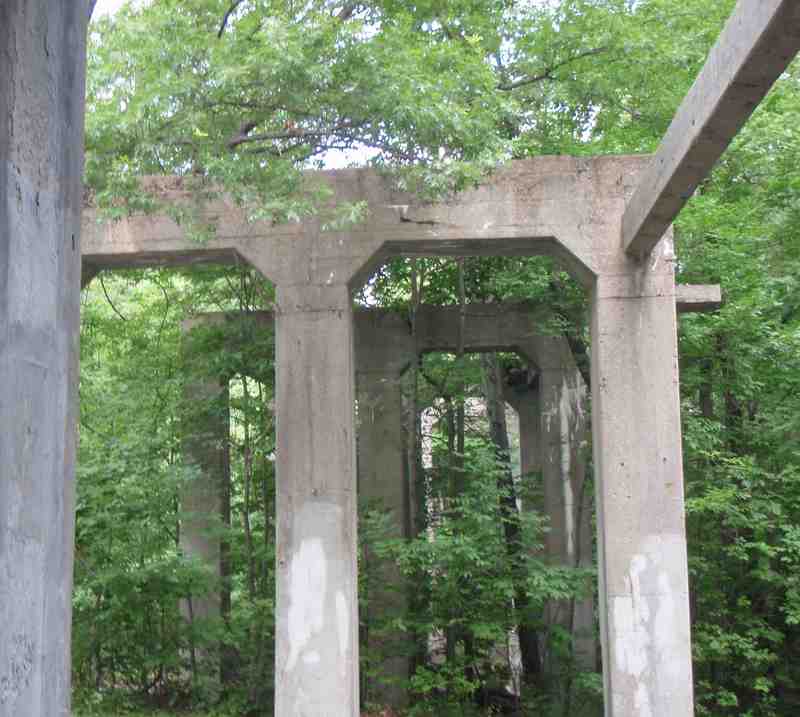
Today, the Huntington Reservation is known mostly for its beach, leaving visitors unaware of the rich history of the land beneath their sand filled shoes. However, it is possible for one to stand on the Lake Erie shore and imagine Native Americans holding powwows inside mammoth sycamore trees, or bison strolling along the Indian path that would later become Lake Road. Or perhaps one can imagine standing in the orchards and vineyards of Bay Village's earliest pioneers, or hearing the echoes of industrialist John Huntington's steam engine pumping water from Lake Erie to irrigate his hobby farm and bring drinking water into his stately summer home.
This 100-acre chunk of Lake Erie shoreline in Bay Village truly has a deep and influential history that extends far back beyond its purchase by the Cleveland Metroparks in 1925 for $500,000. For thousands of years prior to European arrival in the New World, it was part of an attractive hunting ground for Native Americans. The area became largely empty in the century prior to the Revolutionary War, however, after inter-tribal wars over control of the lucrative trade in beaver pelts forced many natives to leave. Claiming the area south of Lake Erie through creative cartography, Connecticut surveyors, most famously Moses Cleaveland, began parceling land along the south shore of Lake Erie in 1796. The land that became Bay Village was surveyed and laid out in 1806, by which point all Indian claims in the area had been extinguished. Two land speculators soon purchased the empty township and named it after their home town of Dover, Connecticut. The Lake Erie microclimate provided excellent growing conditions for orchards and vineyards for early settlers once the land near the shore was cleared of massive 17-foot circumference sycamore trees. Pioneers began settling and farming fruit in Dover Township around 1810.
In 1880, the most desirable 100 acres of the Dover Township shoreline became a summer retreat and hobby farm for John Huntington (1832-1893), a wealthy Cleveland industrialist with ties to John Rockefeller's Standard Oil Company. In addition to building a fine house on the land, Huntington, an inventor and avid tinkerer, constructed a water tower and maintained a steam pump system to irrigate his orchards and gardens. He built several other structures on his property, a few of which remain standing today.
The Cleveland Metroparks purchased Huntington's estate in 1925, allowing the public to visit and contemplate the past historical eras in which this spot of lakeshore once played a part, or to just enjoy a cool Lake Erie breeze on a hot summer day.
Audio
Images






